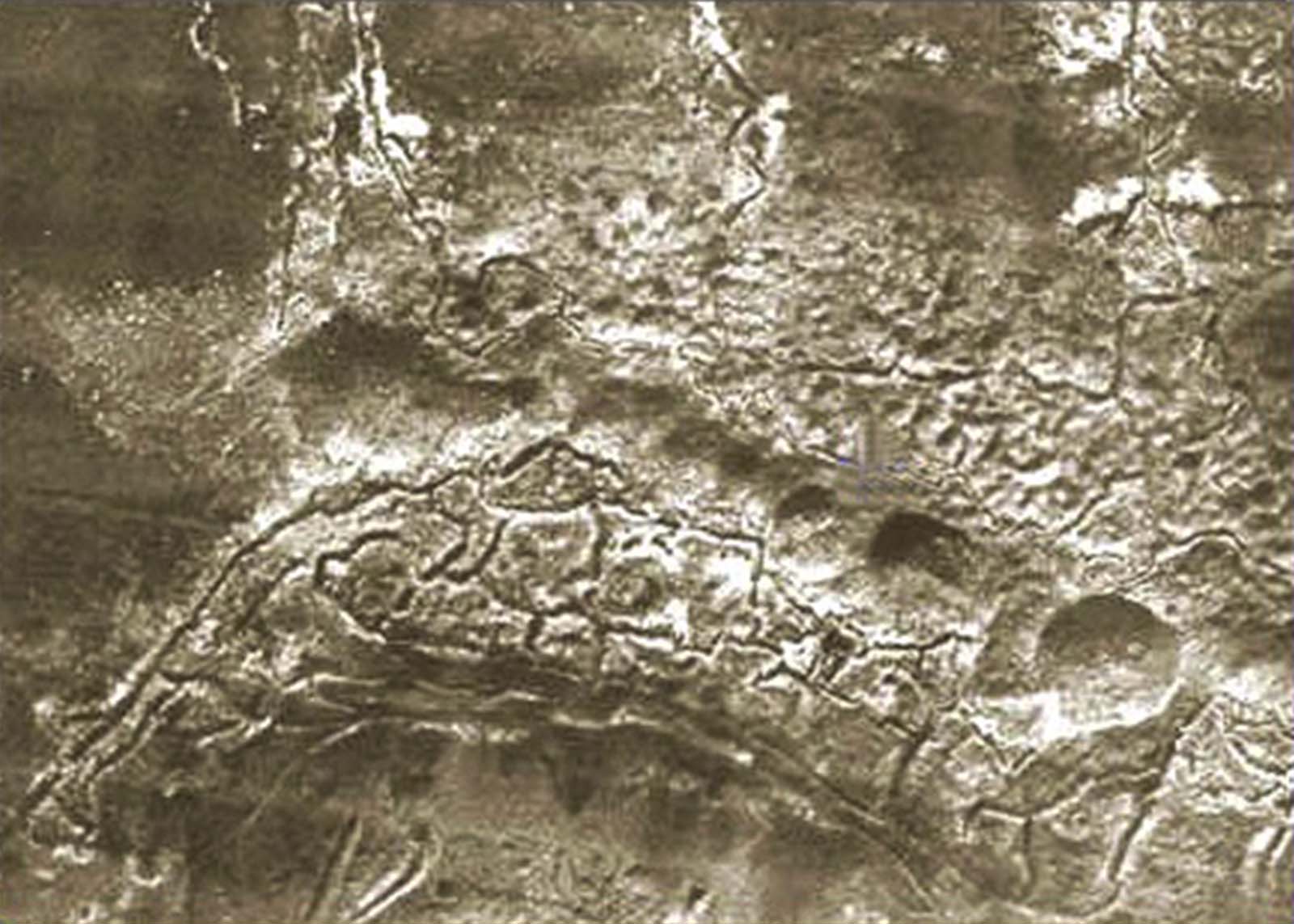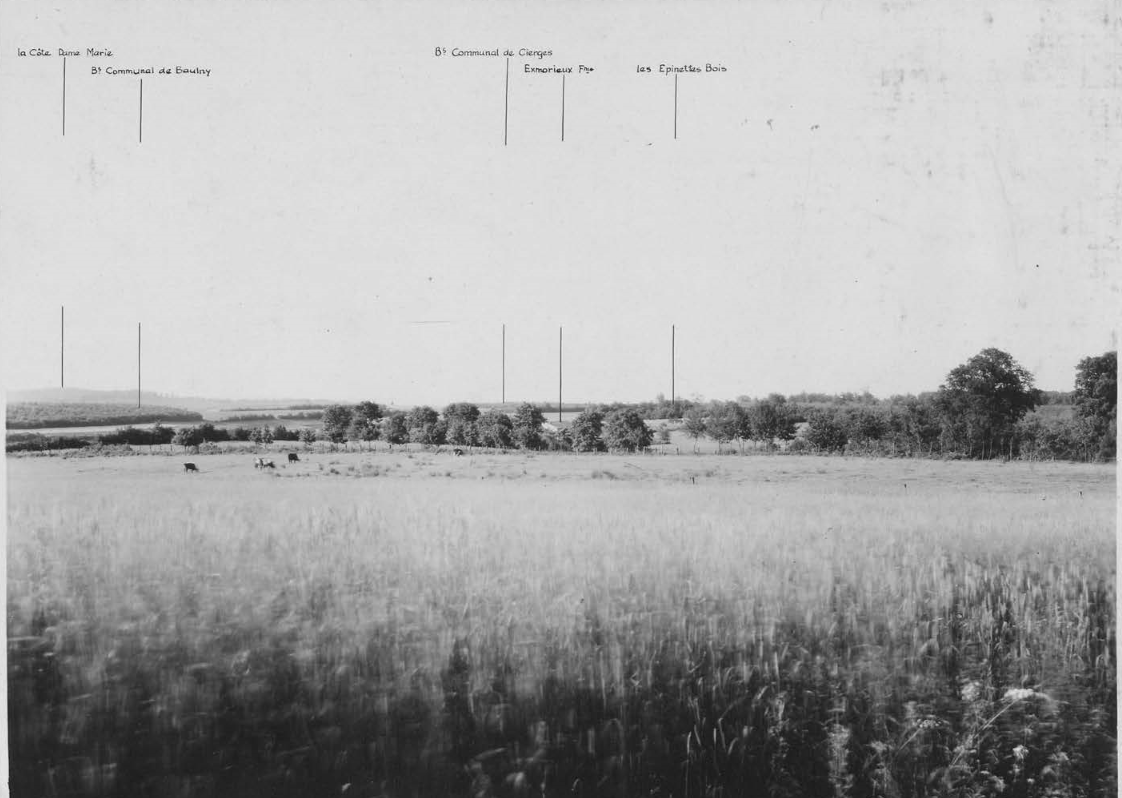My grandfather, James Madison Pearson took part in the Meuse-Argonne Offensive that began on the 26th of September 1918 and ended with the Armistice of 11 November 1918. My grandfather's cousin, Varlaurd Pearson also took part in the battle as a member of Company I of the 137th Regiment.
This is his story.
September 1918
A short week before the beginning of the Meuse-Argonne Offensive, the 137th Regiment left its staging area in the Foret-de-Haye, between Nancy and Toul, for the front near the woods of Auzeville, a small village west of Verdun.The evening of September 25th, 1918
Five days later, at 7pm on the evening of the 25th of September, 1918, the men of the 137th Regiment marched to their front-line position near Aubreville and Vauquois Hill. As they walked, the evening sky lit up with American artillery barrage laid down upon the German lines. The barrage continued well into the dark of the night. There would be little sleep for soldiers on both sides.The morning of September 26th
At 5:30 in the morning, the soldiers went “over the top”. The now familiar phrase meant that the troops left the relative security of the trenches where they lived with mud and rats, to cross into no-man’s land through barb wire and a cratered landscape all the while suffering the withering fire of machine guns and artillery fire, and occasionally having to deal with deadly gas attacks. |
| Vauquois Hill |
Vauquois Hill
The regiment's initial objective is the formidable Vauquois Hill, won and lost many times since the beginning of the war and the scene of battles between French and German troops.The hill now resembles a moonscape with its pock marked landscape. Despite the constant warfare for control and the barrage of the evening before, the Germans are well-entrenched. The hill is honeycombed with tunnels. Perhaps the Germans are tired of defending it, for Vauquois Hill is captured early in the day. Perhaps the Germans wish to draw the Americans in and then counter-attack. Perhaps it is simply a matter of giving up ground by attrition and hoping that the Americans will be bled dry.In fact, more than 26,000 Americans will lose their lives in the six weeks of fighting and almost 100,000 will become wounded casualties. The 137th Regiment is glad to be rid of Vauquois Hill. It then fights its way through the woods towards Varennes and the smaller village of Cheppy, short of Charpentry.
 View of Bois de Cheppy from Vauquois Hill, image taken several years later
View of Bois de Cheppy from Vauquois Hill, image taken several years laterSeptember 27th
The 28th Division, fighting to the left of the 137th in the woods of the Argonne, is having a tougher go of it. So, the 137th Regiment shifts its actions to the west and northwest where together with the 28th, they take Varennes and Montblainville. Google map today of Baulny and Charpentry
Google map today of Baulny and CharpentryThen they proceed on to Charpentry and Baulny.

The 137th Regiment has now become a salient into the German lines. Other American units press on trying to keep pace but the battle lines are confused. By the evening of September 27th, the 137th rests on a ridge east of Charpentry overlooking the ravine of Mollevaux. The Germans take this opportunity to regroup and place machine-gun units on the ridge overlooking the ravine.
September 28th
On the 28th the Germans counter attack with an artillery barrage and the 137th suffers its heaviest losses while pressing on towards Exermont. The conditions are describes as this: The soldiers advanced through the fields under heavy fire. Their boots were soggy from the wet grass and the streams they crossed. There was a cold autumn rain.The citation reads: Varlaurd Pearson (Army serial number 1449077) sergeant, Company I, 137th Infantry Regiment, 35th Division. For extraordinary heroism in action near Baulny, France, September 28th, 1918. Though wounded three times by shrapnel and machine-gun bullets, he refused to be evacuated and continued to lead the advance of his platoon, remaining in command for several hours, until he received a fourth wound, which proved fatal.
Distinguished Service Cross
 Meuse-Argonne American Cemetery and Memorial
Meuse-Argonne American Cemetery and Memorial Romagne-sous-Montfaucon, France
Plot: Plot B Row 10 Grave 40[/caption]

